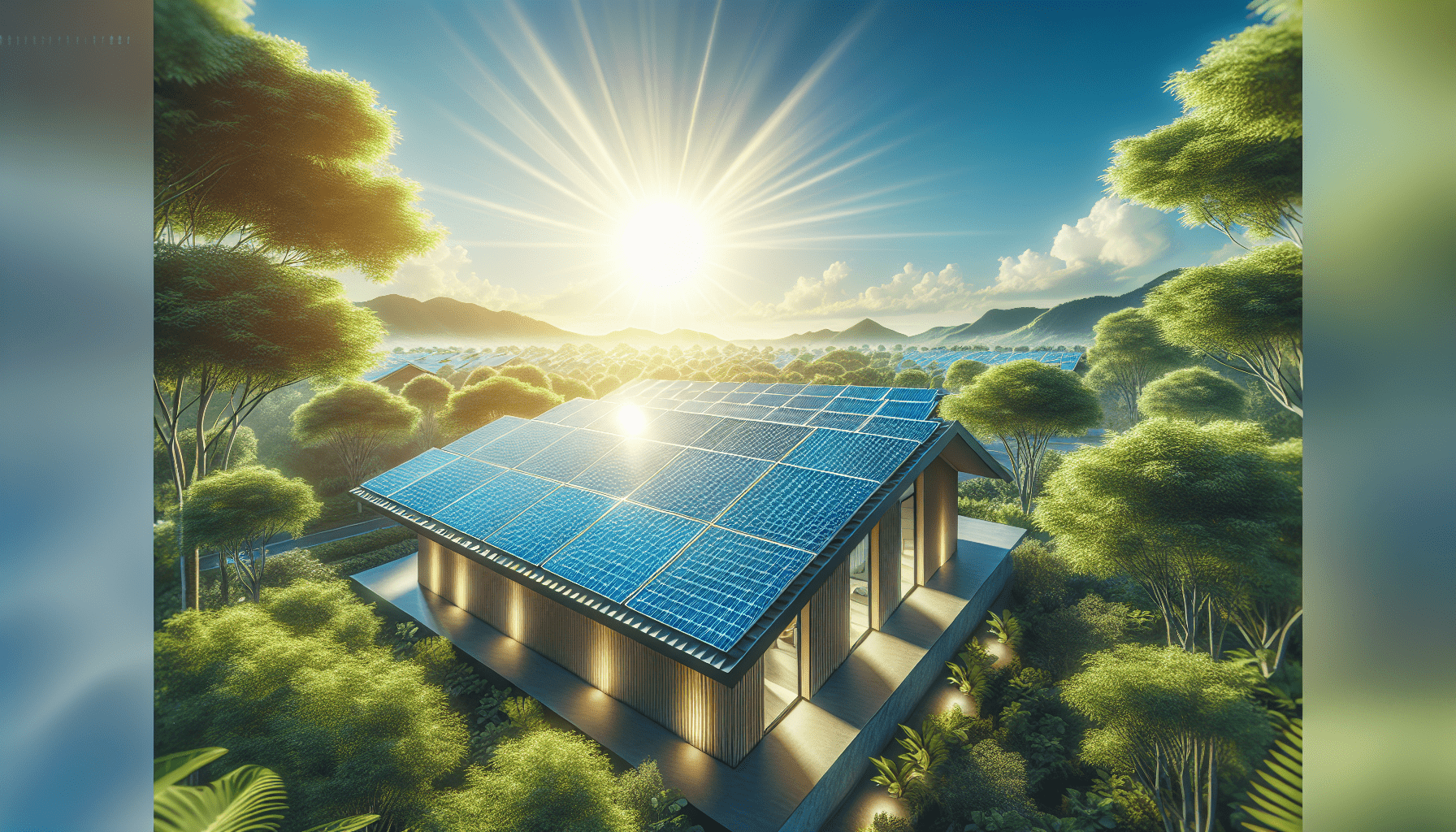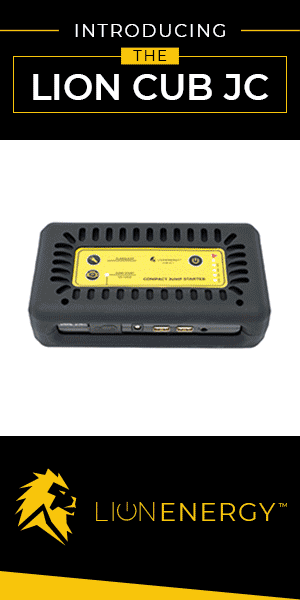Introduction
Installing solar panels on a budget is a practical and sustainable way to harness solar energy and reduce your electricity bills. With energy prices rising and environmental concerns growing, solar power has become an attractive option for many homeowners. This guide will walk you through the steps of installing solar panels on a budget, providing essential tips and valuable insights to make the process easier and more affordable.
Understanding Solar Panels
Before diving into the installation process, it’s crucial to understand what solar panels are and how they work. Solar panels convert sunlight into electricity by utilizing photovoltaic cells. These cells capture sunlight and transform it into direct current (DC) electricity, which is then converted into alternating current (AC) electricity for use in your home.
Research and Planning
The first step in installing solar panels on a budget is thorough research and planning. Determine your energy needs by reviewing your electricity bills for the past year. This will give you a clear idea of how much energy you consume and help you decide how many solar panels you need.
Next, investigate the types of solar panels available. Monocrystalline, polycrystalline, and thin-film are the three main types of solar panels. Monocrystalline panels are the most efficient but often come with a higher price tag. Polycrystalline panels are more affordable but slightly less efficient. Thin-film panels are lightweight and flexible but generally have lower efficiency. Weigh the pros and cons of each type to find the best fit for your budget and needs.
Consider Local Incentives
Many local and federal governments offer incentives for installing solar panels, such as tax credits, rebates, and grants. Research the available programs in your area to take advantage of these financial benefits. They can significantly reduce the overall cost of your solar panel installation, making it more feasible within your budget.
Get Multiple Quotes
When you’re ready to proceed, it’s essential to get multiple quotes from different solar installers. This step will help you compare prices and services. Don’t just focus on the bottom line; consider the company’s reputation, experience, and customer reviews. A slightly higher initial cost may be worth it if the installer has a proven track record of quality work.
DIY Installation
If you’re looking to save money, consider a DIY solar panel installation. While it requires some technical knowledge and a willingness to learn, many homeowners successfully install their solar systems. Several resources, including online tutorials and guidebooks, can help you through the process. However, make sure to check local regulations and permits needed for installation, as these can vary by location.
Choosing the Right Equipment
Selecting the right equipment is crucial for an affordable solar panel installation. In addition to the panels themselves, you’ll need an inverter, mounting hardware, and wiring. Look for budget-friendly options that still meet safety and efficiency standards. Research brands and read reviews to ensure you’re purchasing reliable products.

Consider Used or Refurbished Panels
If you’re on a tight budget, consider purchasing used or refurbished solar panels. Many homeowners upgrade their systems and sell their old panels at a fraction of the cost. Ensure that the panels you purchase are still in good working condition and come with a warranty. This option can significantly reduce your upfront costs while allowing you to access quality solar technology.
Optimize Your Roof Space
Before installation, evaluate your roof space to determine the most efficient layout for your solar panels. Solar panels should be placed in areas that receive maximum sunlight throughout the day. Trim any overhanging branches and ensure that your roof is structurally sound. If your roof isn’t suitable for solar panels, you might consider ground-mounted systems, which can also be budget-friendly.
Understand the Installation Process
If you decide to install the panels yourself, familiarize yourself with the installation process. Generally, it involves the following steps:
Mounting the solar panels
Secure the mounting brackets to your roof or the ground, ensuring they are level and stable.
Installing the solar panels
Attach the solar panels to the mounting brackets carefully, following the manufacturer’s instructions.
Wiring the panels
Connect the panels in series or parallel, depending on your system design. Be cautious and make sure all connections are secure.
Installing the inverter
Connect the inverter to your solar panel system and ensure it is properly configured for your energy needs.
Connecting to the grid
If applicable, work with your utility company to connect your solar system to the grid. This step may require professional assistance to ensure all regulations are met.
Monitor Your System
After installation, it’s essential to monitor your solar panel system to ensure it operates efficiently. Use monitoring tools to track energy production and identify any issues. Regular maintenance, such as cleaning the panels and checking for damage, can prolong the lifespan of your system and maximize its performance.
Explore Financing Options
If a DIY installation isn’t feasible, explore financing options that can help you manage costs. Many solar companies offer financing plans that allow you to pay for your solar system over time. Look for low-interest loans, lease options, or power purchase agreements (PPAs) that align with your budget.

Join Community Solar Programs
If installing solar panels on your property isn’t an option, consider joining a community solar program. These programs allow you to invest in a shared solar project, receiving credits on your electricity bill for the energy produced. Community solar can be a cost-effective way to access solar energy without the high initial investment.
Final Thoughts
Installing solar panels on a budget is entirely possible with careful planning, research, and resourcefulness. By understanding your energy needs, exploring local incentives, obtaining multiple quotes, and considering DIY options, you can significantly reduce your overall costs.
Whether you choose to install the panels yourself or hire a professional, the long-term benefits of solar energy make it a worthwhile investment. Embrace the power of the sun and take a step towards energy independence and sustainability.
Disclosure: As an Amazon Associate, I earn from qualifying purchases.

